A New Urban Age: Investing in a Climate-Resilient Future
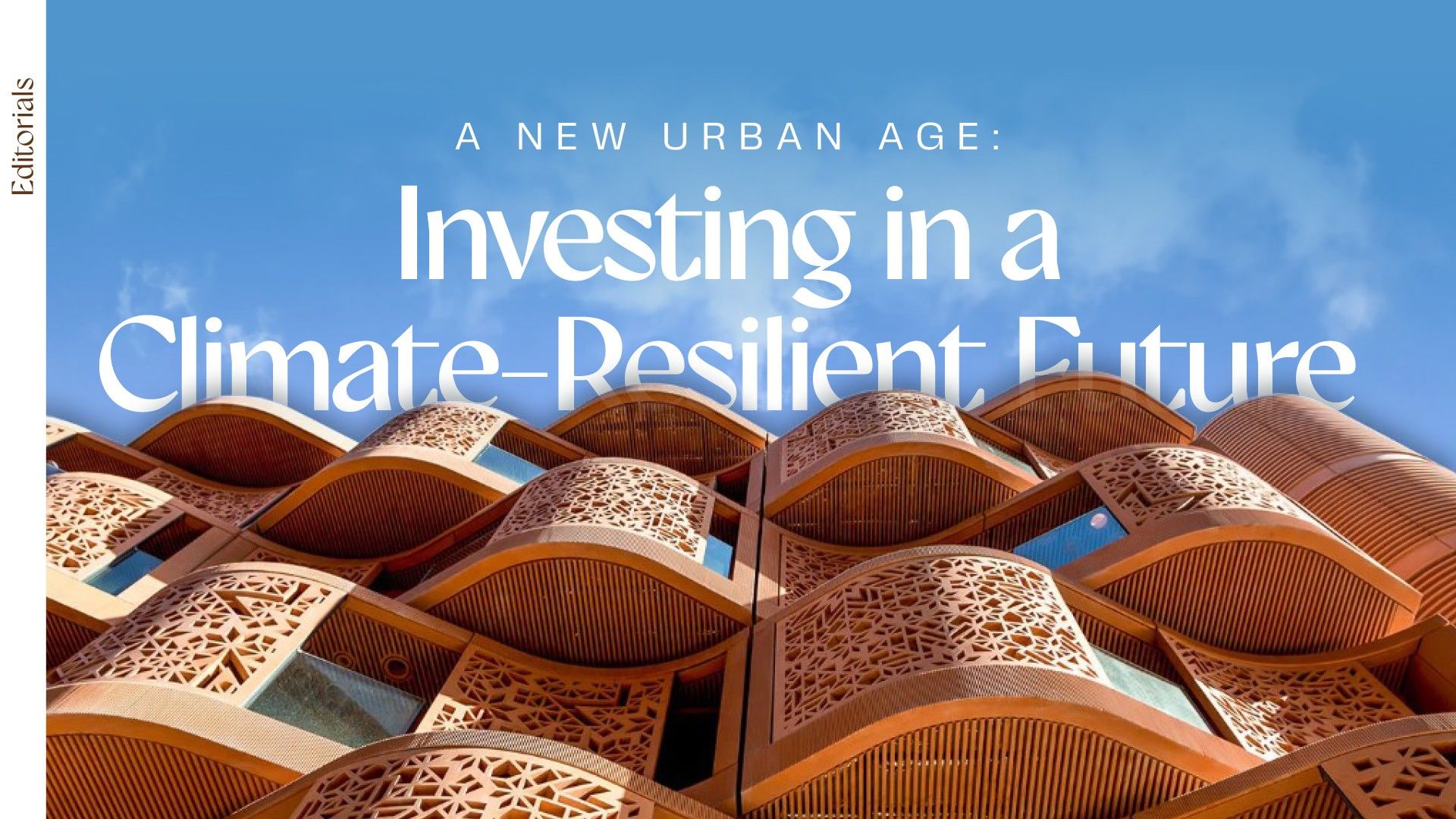
With over half the world's population living in urban areas, and that number set to grow, cities are on the front lines of climate change. Rising sea levels, extreme weather events and the urban heat island effect pose significant threats to infrastructure, property values and human health. However, this challenge also presents an unprecedented opportunity for innovation, investment and transformation. Cities are not just adapting to climate change – they are actively driving a new, sustainable urban age.
This shift is being accelerated by a convergence of factors: stricter environmental regulations, increasing demand from tenants and investors for green buildings and the rapid deployment of technology. The real estate sector, which accounts for nearly 40% of global CO2 emissions, is now a key player in the race to net-zero. This is driving a wave of purpose-driven investments in everything from energy-efficient building retrofits and renewable energy integration to sustainable materials and smart building management systems. Investors are recognising that green buildings offer tangible benefits, including lower operational costs, higher occupancy rates and improved resale values, making sustainability a strategic financial imperative.
Urban Innovation on the World Stage
Cities are leveraging technology to build a more resilient and sustainable future. From smart grids to advanced sensor networks, here are a few examples of urban areas leading the charge.
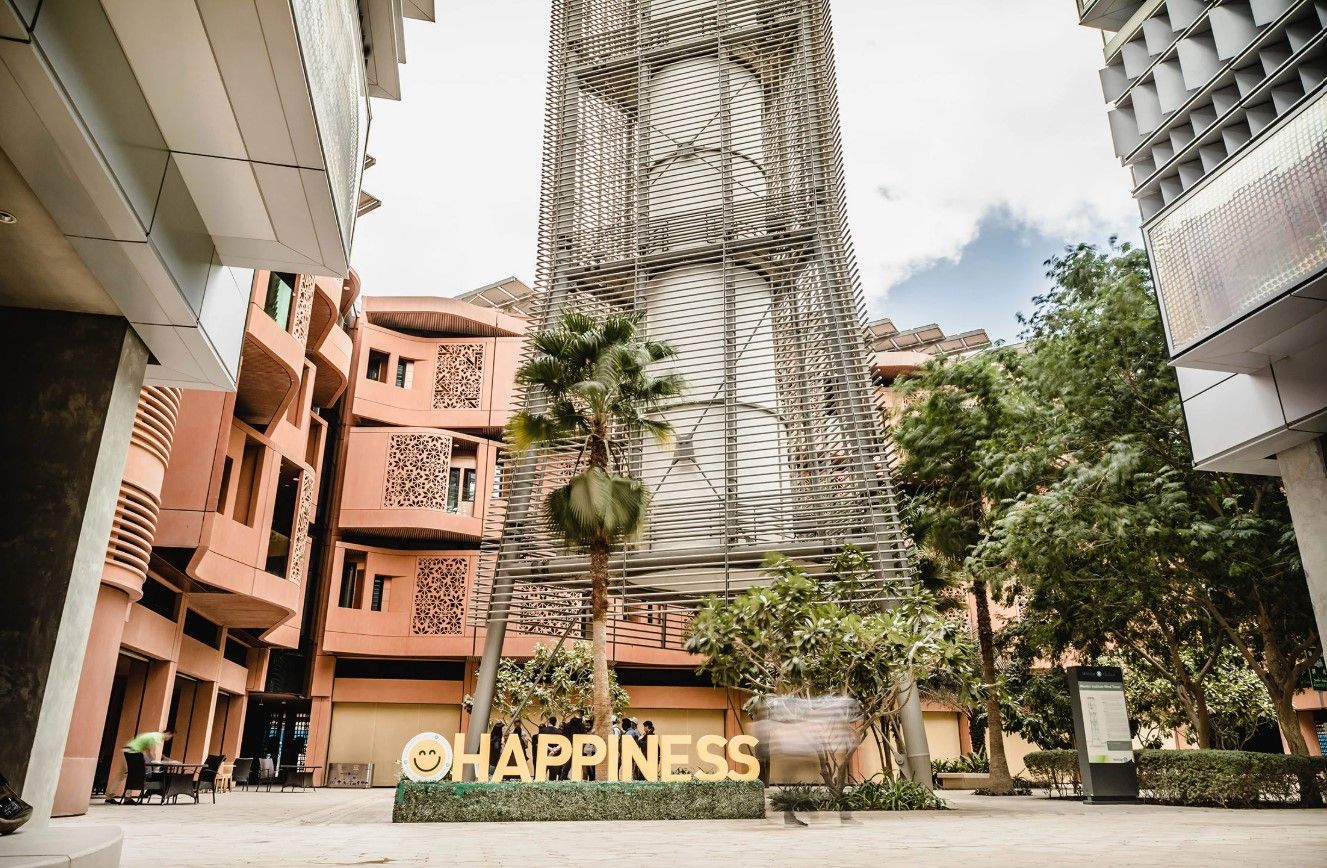
Masdar City, Abu Dhabi
A planned sustainable urban community designed to be a model of net-zero / low-carbon development. Buildings are energy- and water-efficient, use passive cooling, driverless electric transport, and solar power harvest.
With large-scale government backing and ambitious targets, Masdar is serving as what many describe as a testbed for sustainability innovations in hot, arid climates. Investment in tech, renewables, and smart infrastructure here has spillover implications across the region.
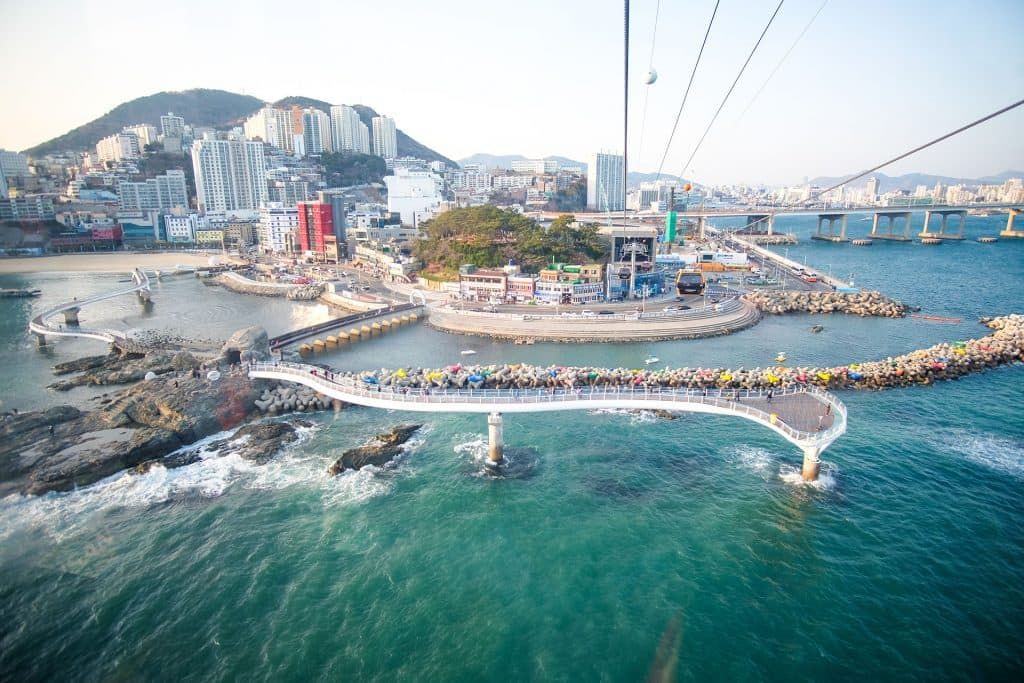
Songdo International Business District, South Korea
Smart city masterplan integrates IoT, AI, automated waste systems, EV charging, LEED-certified buildings and massive green spaces. The scale of integration — digital systems meets urban planning and green infrastructure — makes Songdo a strong example of how cities built for the future can reduce emissions and improve liveability.
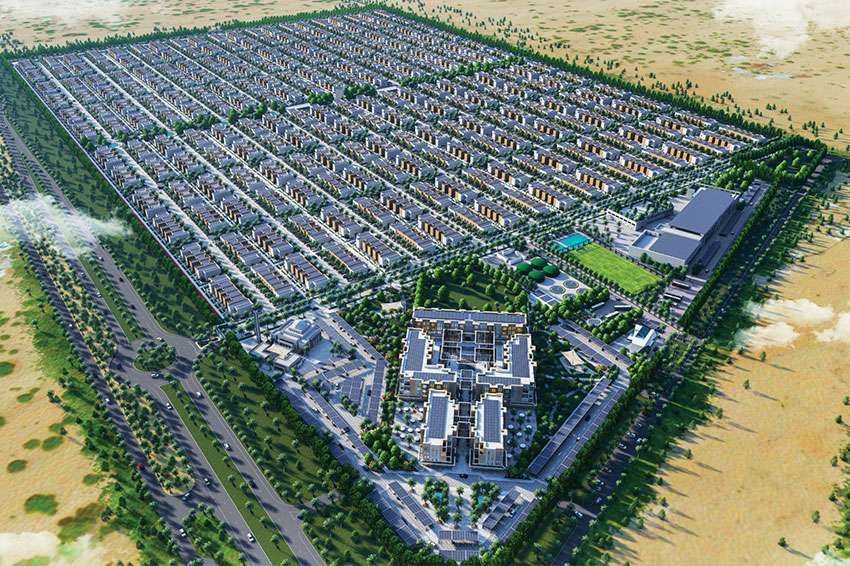
Sharjah Sustainable City, UAE
Residential units with rooftop solar, EV infrastructure, 100% wastewater recycling for irrigation, greenhouses/urban farming and waste diversion goals. It demonstrates the viability of sustainable, mixed-use living at the community level. Returns are being blended with social, environmental value making it a useful model for investors looking for purpose and profit in equal amounts.
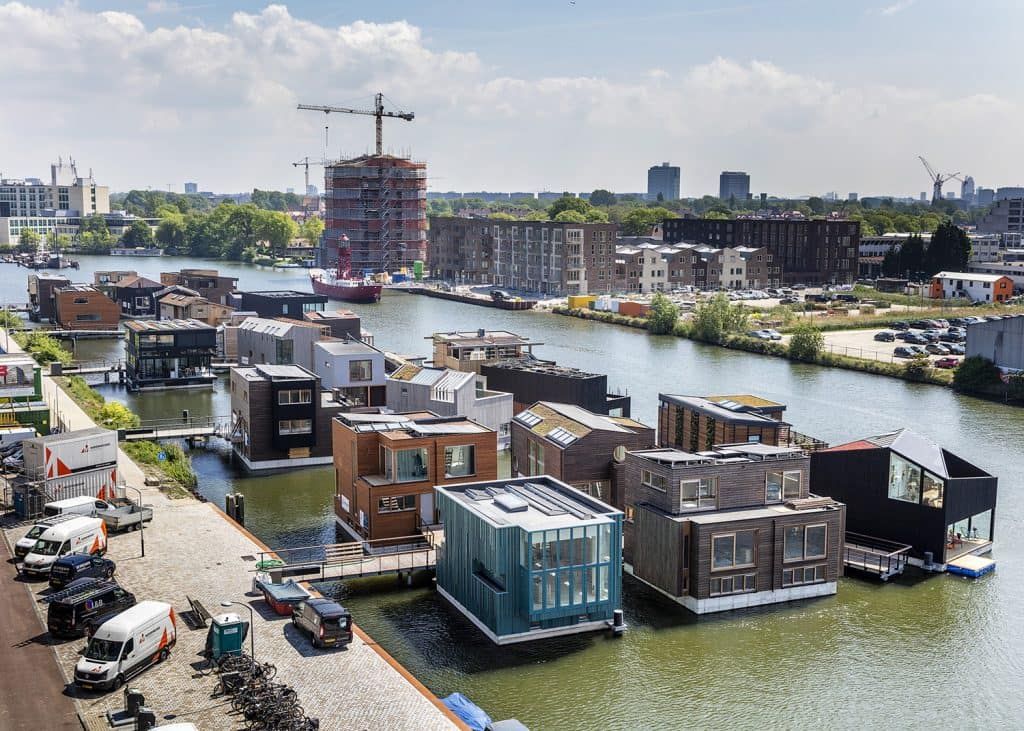
Amsterdam – The Edge and Schoonschip Communities
The Edge is a development of sensor-driven energy, lighting and heating optimisation, while Schoonschip features homes that float with water levels, powered by smart grids, renewable energy and resilient design. These projects push the envelope of what’s possible in dense, temperate regions. Particularly relevant as flood risk and sea level rise become more pressing. They are proving resilience, adaptation, and sustainability can combine.
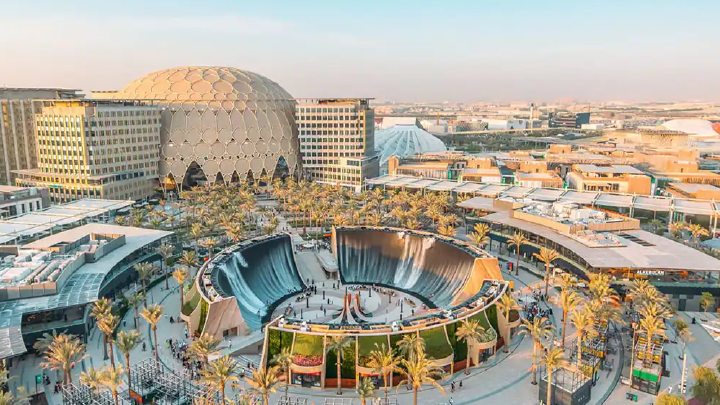
Dubai – Expo City, Urban Tech District
Multiple large-scale developments in Dubai are integrating renewable energy, LEED certification, smart infrastructure, EV charging, zero or low-waste communities. The Urban Tech District aims to attract innovators in cleantech, AI, sustainable mobility to turn the expo site into a permanent smart district. The speed and ambition, plus investment scale and regulatory alignment, make Dubai a bellwether for cities looking for models of rapid, tech-driven urban sustainability.
The examples above are not just about environmental protection, they are about creating economic value and long-term resilience. For investors and developers, this means a shift in focus. The market is increasingly demanding buildings that are not only energy-efficient but also resilient to climate risks.
We are seeing a growing interest in green bonds and other financial instruments that support sustainable real estate projects. This is more than a trend; it's a fundamental recalibration of risk and value. By prioritising climate action and integrating technology, the real estate sector can build a future that is not only sustainable but also more prosperous and secure for all. This new era of urban development will be defined by those who see climate action not as a cost, but as a catalyst for growth.
RISE is focused on driving urban revolution through sustainable developments, smart technologies and forward-thinking investment strategies. The event will unveil the cities of tomorrow by fostering partnerships for climate-conscious, tech-enabled and human-centric urban developments. Be part of the next phase of urban development, join RISE from 13 – 15 January 2026, Dubai Expo City.
)
)
)